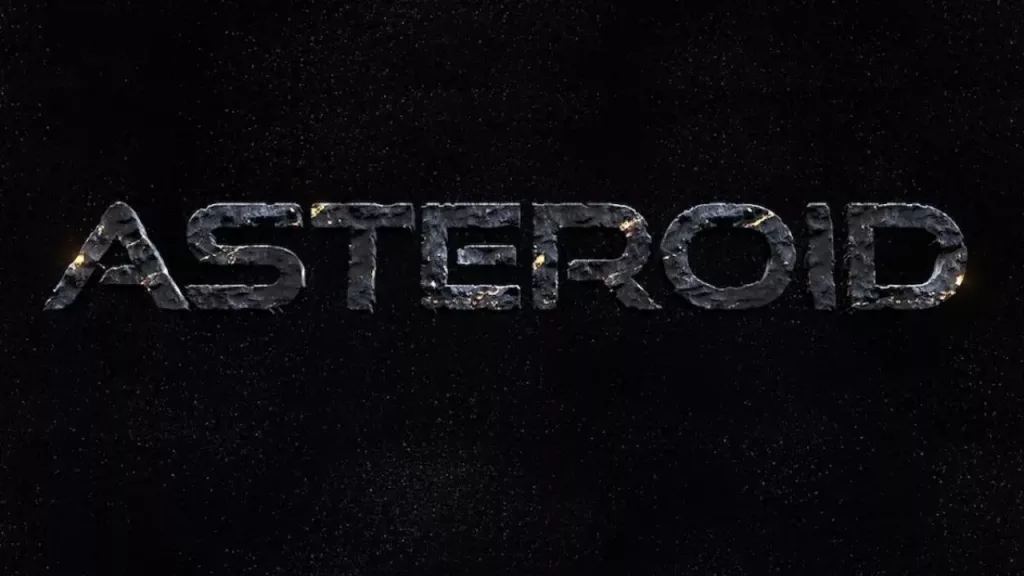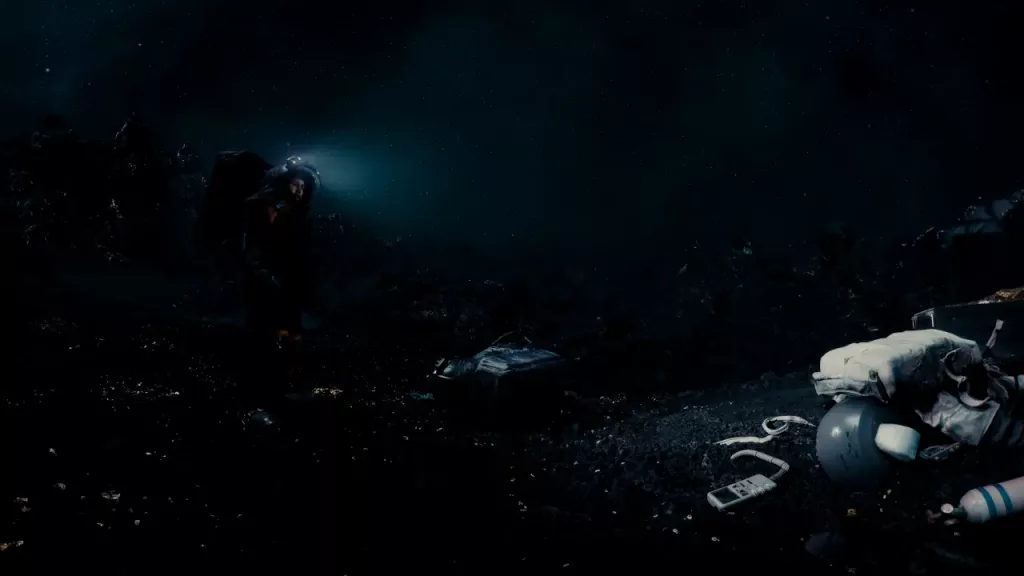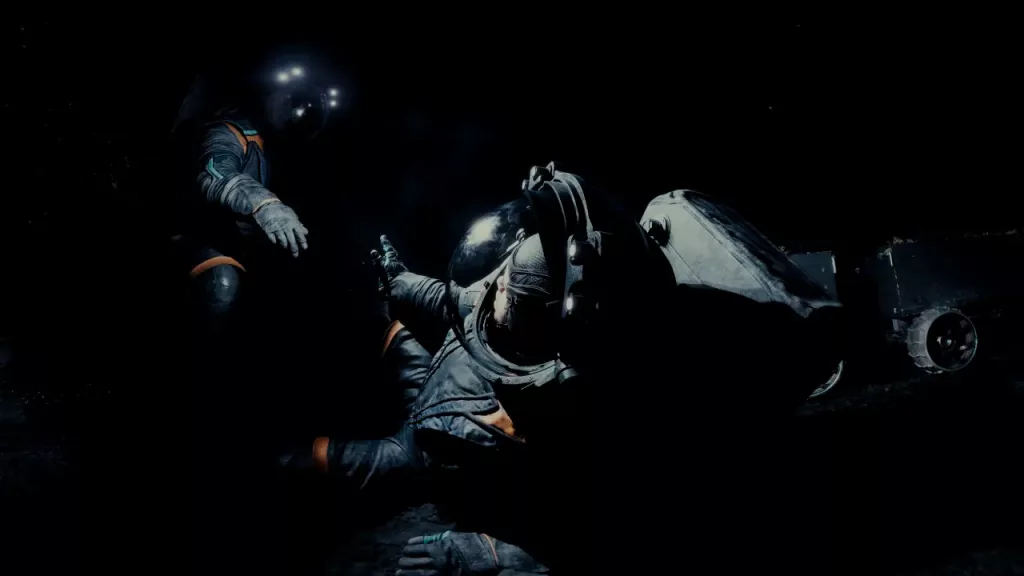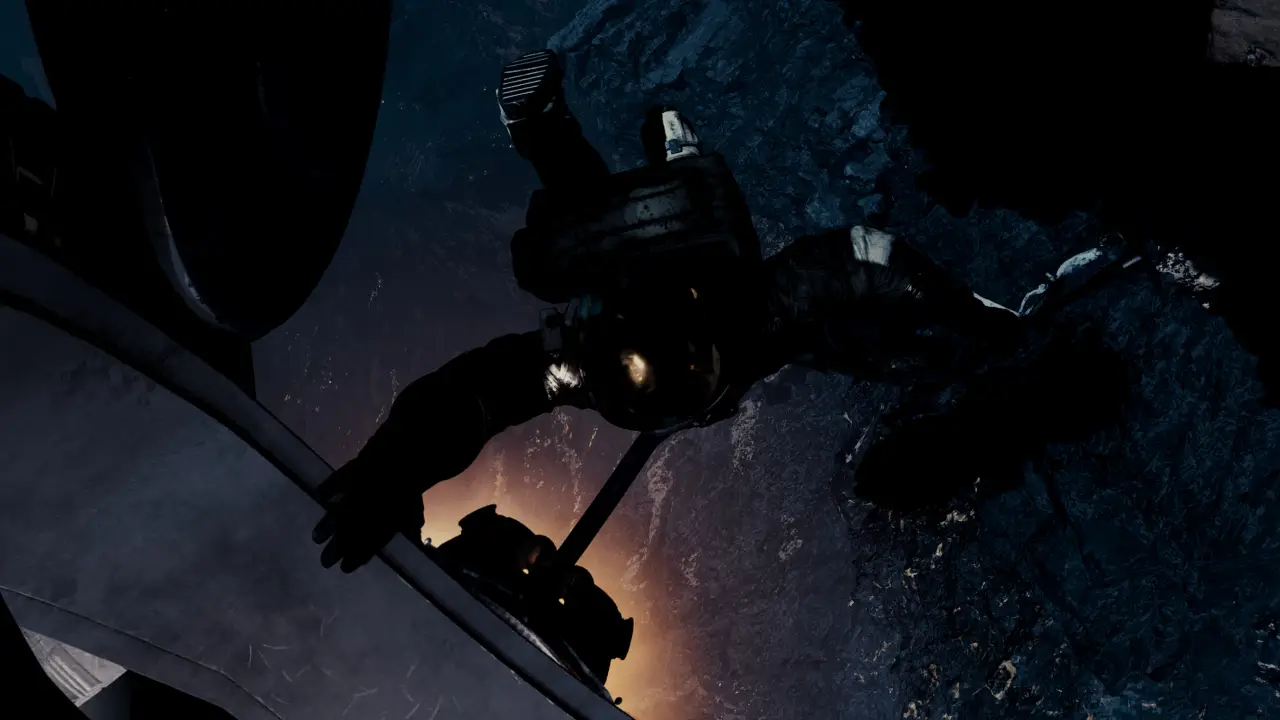At the latest Venice Immersive event, Doug Liman presented his brand new project, ASTEROID, on the upcoming Samsung XR headset powered by Google’s AndroidXR OS. This marks a return to immersive media for the American director (Swingers, The Bourne Identity, Edge of Tomorrow, and the Road House remake, among others), a resolutely modern auteur and new media enthusiast, and co-founder of 30 Ninjas, a company that has been producing innovative VR content in the heart of Hollywood for over ten years.

Interview with the co-founders of 30 Ninjas studio, Doug Liman, Jed Weintrob, and Julina Tatlock, after watching this 180-degree film, a space adventure featuring a star-studded cast: Hailee Steinfeld, Ron Perlman, Rhenzy Feliz, DK Metcalf, Freida Pinto, and Leon Mandel.
ASTEROID is a 180-degree film, a format favored by the latest headsets (including Apple Vision Pro) that straddles the line between cinema and immersive experiences. The goal of these innovative offerings is to bring viewers closer to the story, placing them in pole position—ideally from the comfort of their own sofa.
ASTEROID consists of three parts, offering a comprehensive look at the narrative possibilities of the headset. After an introduction in the form of a discussion with an AI, which opens up the story itself, it is really the short film directed by Doug Liman that is the most impressive part of the whole. A final, more interactive section allows you to explore the asteroid and complete a few short missions.
A science fiction project that emphasizes action and thrills, ASTEROID offers a glimpse of these new ideas in cinema, which can bring together talent in front of and behind the camera to break new ground. And, why not, remind us of the importance of storytelling over technology.
Doug Liman, back to the Venice Film Festival
Doug Liman – I am very happy to present ASTEROID in Venice; it is the first festival where I presented Swingers (in the Overtaking Lane section) in 1996. You might think that it is not a very innovative film, and yet at the time I was able to make it because we were able to use the latest digital technology and find a way to produce it at a reduced cost. This reflection on technology and this passion for innovation have always followed me as a writer and director. It led me to found 30 Ninjas to support projects more clearly focused on new technologies.

How to approach new creative technologies
D. L. – ASTEROID is by far the most ambitious project of my career. It may be shorter than my feature films, but it involves many more challenges and advances than some of them. Even INVISIBLE, a VR film we made at 30 Ninjas at the dawn of the VR wave, didn’t involve the same approach. ASTEROID is a distillation of what I can offer for this type of story. I experiment a lot, I learn on the job—even on projects like The Bourne Identity, where I took a huge step forward as a director after several independent films. That’s my method, and it’s not a question of creative impact. I can then reconsider several filming methods or production processes, but the final artistic result would remain the same.
Julina Tatlock – Doug iterates extensively during filming to find the right solutions. He adapts to new technologies to find the right opportunities, both visually and narratively. This is true for immersive media, and it’s true for cinema. We push the possibilities offered by software and hardware to the max; this is true today with XR headsets and the support of manufacturers and embedded software (Unity, immersive sound, etc.). The possibilities are exciting!
D. L. – We filmed in 3D, which I had never done before. There was a lot of discussion about the limits of what we could do, especially for close-ups. In this case, the best projects I saw that achieved satisfactory results were all based on 3D animation, with scenes created entirely using computer-generated imagery. And I wanted to avoid that for ASTEROID. It is based on these observations, and the limits we set ourselves, that we create a particularly creative working environment for ourselves—and are able to make choices that are consistent with the story we want to tell.

Jed Weintrob – At 30 Ninjas, we often experiment. With equipment, such as INVISIBLE’s 3D camera, Horizon and 5G, motion capture, or volumetric capture… For ASTEROID, it was exciting to build an entire creative process for a new platform (AndroidXR) and a new headset (Samsung Project Moohan). We bring all our interactive storytelling expertise to bear, while at the same time paving the way for future creators. A lot of things exist here because it’s a new language, and Doug is the perfect director to experiment in this field.
Towards a new cinematic experience
D. L. – I would describe myself as an immersive director, in the sense that I have always wanted to put the viewer in the front row—sitting in the car with Jason Bourne if I could, or next to Tom Cruise. It’s quite obvious to me that I want to tell stories that engage the audience, draw them into the film, and find ways to do that. And I don’t want to overuse the word “immersive,” but in ASTEROID there is a real experience that you won’t find even on the world’s largest IMAX screen. Of course, in a movie theater, there is a unique collective experience to be shared. Defining and directing the action scenes for ASTEROID were real challenges in this sense, and we loved taking them on.
D. L. – And we need to consider the evolution of XR itself. We created INVISIBLE at the time of Google Cardboard, when you practically had to hold your phone up to your eyes. The project itself used Samsung Gear VR, one of the very first headset models. Today, the resolution of new headsets is astonishing, approaching that of cinema. We can tell more ambitious stories, with highly creative ideas and unprecedented situations for our characters. That’s why we were able to develop ASTEROID as a particularly ambitious story.



Leave a Reply
You must be logged in to post a comment.